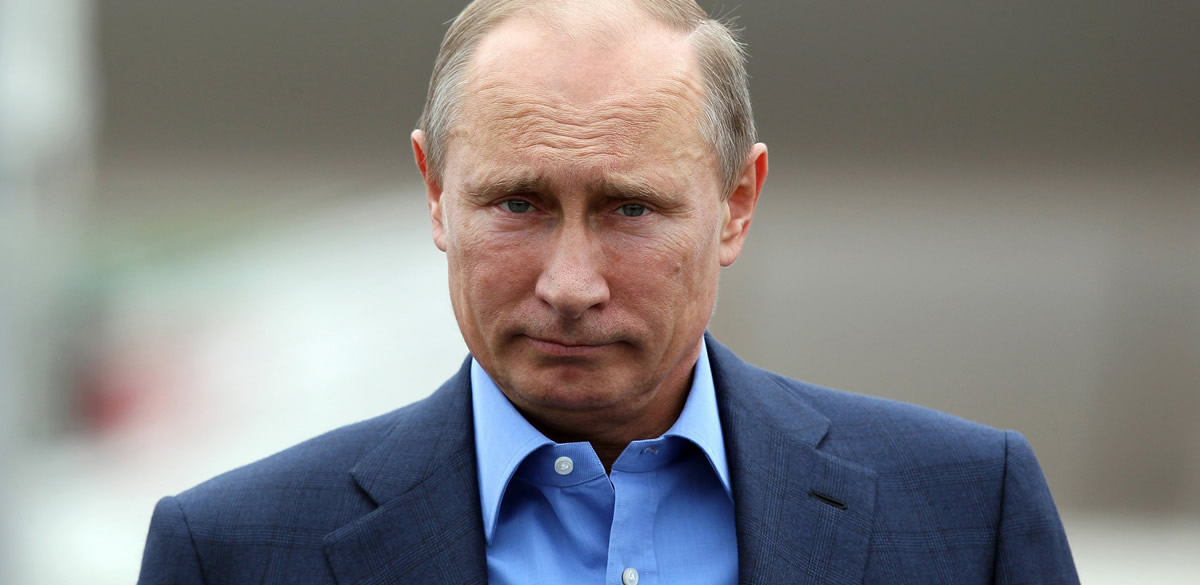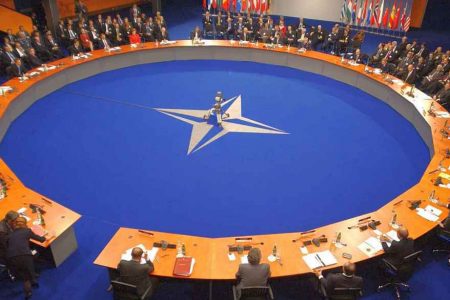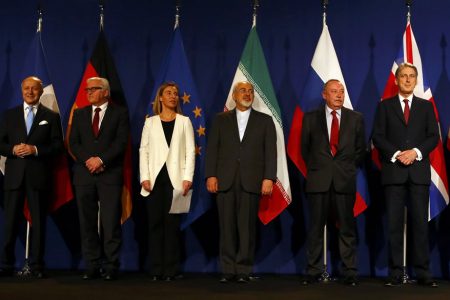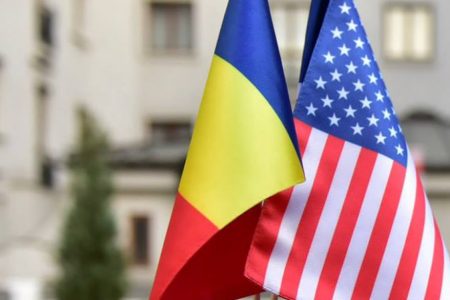Today is Halloween in America. Children (and some adults) dress up in costumes ranging from Alice in Wonderland to Frankenstein and Zombies to “trick or treat” in search of candy and other goodies from generous neighbors. Some of the costumes are meant to “shock and awe” expecting more generous handouts in exchange for restraint in playing nasty or devious tricks. Interestingly, this celebration is a good metaphor for understanding some of what motivates Russian President Vladimir Putin.
About twenty years ago, I was part of a small group of former senior American military and civilian defense officials who created the doctrine of “shock and awe.” The basis for shock and awe was derived from Sun Tzu and Clausewitz. As former twice Secretary of Defense Donald Rumsfeld observed, the driving idea for shock and awe was to get people to do what we wished or to stop doing what we did not want them to do.
In more complicated terms, shock and awe were meant to affect, influence and even control the will and perception of an adversary or target to achieve our aims and objectives. Shock and awe used both positive (financial or other) and negative (coercive) incentives in applying this psychological approach for affecting will and perception. This of course is what Clausewitz meant in arguing that war was a “contest of wills” and an “admixture of policy with other means.”
The Pentagon chose to ignore this doctrine. But Putin has not. He has gone further. Combining shock and awe with the equivalent of spooky costumes of Halloween in the form of advanced military capabilities, Putin is testing the West by challenging our collective will and perception. Sadly, the West (and the U.S. in particular) has failed to understand Putin’s ploys. Consider many examples.
The U.S. and its coalition allies deployed hundreds of thousands of troops and spent trillions of dollars in the Afghan and Iraqi conflicts with outcomes that are still in doubt. Putin deployed a literal handful of air and ground forces, perhaps not more than 5000, to Syria. That force has changed the war and, for the moment, made President Bashar al Assad the likely victor over the opposition. In Putin’s mind, that is quite a comparison.
In the Syrian war, Putin has made very innovative use of military gymnastics for purely political and propaganda purposes. A few of his small patrol boats fired Kalibr cruise missiles from the Caspian Sea against targets in Syria. Some may have even hit. And his air force launched strikes from Iran into Syria.
None of these strikes had any military value. Yet, in contrast, how long has the U.S. been firing far more effective and capable Tomahawk cruise missiles against enemy targets kicking off Desert Storm in early 1991 in Iraq and several years later in futile strikes against Osama bin Laden that did no damage? However, the prestige of Putin and the Russian military has grown through this minor propaganda display of shock and awe capturing the attention of politicians not only in Europe many of whom are still recovering from Russian provocations in Georgia in 2008 and the annexation of Crimea two years ago.
Regarding Europe and NATO, Putin’s “snapex” or no notice military exercises likewise are forms of shock and awe. “Zapad” (in English, West) military exercises were nation wide and engaged reportedly many tens of thousands of troops. His military’s so-called (and wrongly named) de-escalating strategy of using nuclear weapons has clearly alarmed Western planners.
This concept (which plagiarizes NATO and U.S. doctrine of the 1960’s and 1970’s) is to neutralize the West’s conventional military advantage through threatening the use of Moscow’s large numerical advantage in tactical and short-range nuclear systems. The stationing of nuclear capable Iskander ballistic missiles in Kaliningrad as well as nuclear capable sea based Kalibr cruise missiles in the Baltic and Mediterranean is not accidental. Nor are large civil defense exercises in Moscow in the event of war that could become nuclear.
The new Russian main battle tank (Armata) and patrol and corvette men of war are impressive as are Russian artillery systems. Sailing a decrepit and ancient semi-aircraft carrier, the Kuznetsov, through the English Channel on October 21st – Trafalgar Day for Britain – shows the Russians have an ironic sense of humor. With emphasis on Special Forces (Spetznatz), Cyber and propaganda, Putin has purloined shock and awe and dressed it up in seemingly frightening costumes appropriate for Halloween. What should the West do?
First, the notion of a Potemkin Village applies to Russia. Rather than respond in kind by adding relatively tiny numbers of conventional forces to Europe that may reassure allies to some degree and have no impact on Putin, bolder ideas are needed. First, NATO needs to alter its strategy accordingly with a much more robust forward defense in which the Baltic and Black Sea members are equipped with large numbers of anti-air shoulder fired missiles and anti-armor systems that would bloody any major Russian advance. Greater use of local forces is crucial including providing the necessary equipment to halt any attack and defeat Russian command and control.
Second, Russian intimidation must be checked. To do that, NATO must beef up its counter-cyber and counter- propaganda capacities that would immediately reinforce any threatened neighbors. This porcupine form of defense would remind Russians of the disastrous losses it took in the Winter War with Finland. But a revised strategy aimed not at offensive actions to invade east but defend borders will be well understood in Moscow.
Third, why not assign a U.S. Trident submarine permanently to NATO through European Command as a means of symbolically countering Russian tactical nuclear advantages? Because submarines hide exceedingly well, ambiguity about actual physical presence will likewise affect the Kremlin. And perhaps the French and UK submarine forces might have a similar role.
Fourth, the West has not spent enough time fully analyzing the vulnerabilities of the Russian military including a large cohort of relatively untrained draftees to command and control systems subject to jamming, disruption and misdirection. The Russian military is very sensitive to the capabilities of the West, arguing that since September 11th, trillions have been spent on defense.
Hence, the West must use this psychological advantage of playing on Russian weaknesses as a deterrent because a Kremlin already insecure and often awed by Western technology will believe it. The West needs to use this mind game with Russia and Putin. It is something that the West did well in the Cold War. And it is something that is not especially costly to recreate.
Fourth, dialogue is vital. Cutting off official military to military communications because of the Ukraine incursion quite frankly is foolish and does more damage to the West than to Russia. Russia is signaling it wishes to talk. Many venues exist for that especially reopening the NATO-Russia Council on a more serious basis.
Last, the West needs a better strategic sense of humor. When the Russian Eskadra sailed by the White Cliffs of Dover, the West should have deployed a tugboat and tender in trail. Both would have signaled the unreliability of Russian warships especially Kuznetsov whose billows of black smoke emanating from her stacks clearly showed an engineering plant that was not working to design.
The purpose of these measures is to apply shock and awe against Russia. The aim is to convince Putin and Russia that an accommodation with the West is in Russia’s best interest. Responding “tit for tat” plays Putin’s game. Surely, we are smarter than that.




